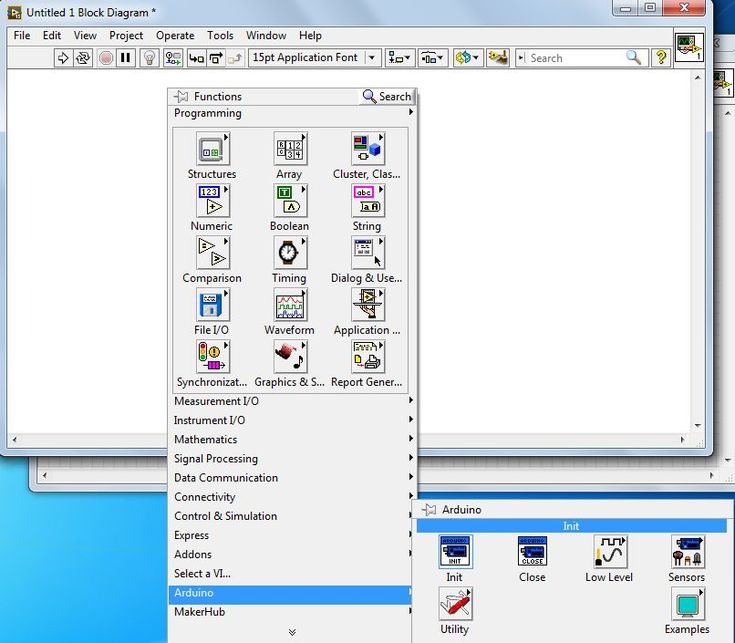How to Program the Arduino With LabVIEW Tutorial
If you are looking for a tutorial to teach you how to program the Arduino using LabVIEW, then this article is for you! In this tutorial, you will learn everything you need to know to program your Arduino. This tutorial assumes that you have already installed the Arduino Compiler for LabVIEW and have a UNO R3 board. After that, you can begin writing your first programs.
LabVIEW
If you’re interested in learning how to program an Arduino board, a tutorial like this will get you started. LabVIEW is a visual programming language used to control many different types of electronics, including switches, sensors, motors, and lights. This tutorial includes a complete code project and a complete video walkthrough. You can also use the same tutorial to program a PIC32 microcontroller.
To start programming, open a new VI in LabVIEW and navigate to the control panel. Choose a library of icons to place on your block diagram. Then, arrange the blocks in the correct order and connect the different icons with wires. If you are using a VISA resource terminal, specify the serial port and the interface. Once these are specified, click “Open” to start your first program. You will be able to test your code by running it on a simulated Arduino board.
Arduino
If you have been wondering how to program an Arduino board, you have come to the right place. There are many benefits of using the LabVIEW visual programming language to control the Arduino. In fact, you can even use it to control different devices such as switches, sensors, lights, motors, and more. In this tutorial, we’ll cover some of the most important aspects of LabVIEW and how to use it to program the Arduino.
Unlike most other programming languages, LabVIEW is a graphical programming language developed specifically for engineers and scientists. With over 20 years of development, it’s easy to understand and use. The graphical system design of LabVIEW makes learning C++ and C code a breeze, leaving you free to focus on finishing your prototype instead of getting bogged down in the technicalities. Whether you’re new to Arduino or have years of experience, the OReilly learning platform has a course for you.
Arduino Compiler for LabVIEW
The Arduino Compiler for LabVIEW is a software tool for building VIs for the Arduino platform. The software allows users to create and execute Arduino programs using LabVIEW, and it downloads the code to the Arduino target, where it executes either standalone or embedded. This software provides a convenient, educational way to program simple embedded systems. There are many advantages of Arduino Compiler for LabVIEW. Here are some of them:
This professional-grade tool provides a seamless transition between LabVIEW and the Arduino platform. With a simple click, you can convert LabVIEW applications to Arduino sketches. You can use the Arduino Compiler for LabVIEW with any Arduino compatible board. For more information, visit the official website of the Arduino.org website to download the latest version. For those who are new to this programming language, there are also many tutorials online.
Arduino UNO R3
If you are wondering how to program Arduino UNO R3 in LabVIEW, then this tutorial will be of great help to you. First, you need to close the Arduino IDE so that LabVIEW can communicate with the board. After this, you can upload the firmware into the board. For example, you can program a VI to control an LED connected to D13. Once the code is uploaded, the LED will glow, and you can then control the LED from the VI front panel.
You can use the Arduino software files and source code libraries to make a variety of projects. Once you know what you want to control, you can modify the libraries to make them more versatile. Luckily, there are several online help communities for Arduino users. Besides the tutorial, you can also find many examples for simple circuits that you can make. The parts listed in the kit will help you program the Arduino UNO R3.

